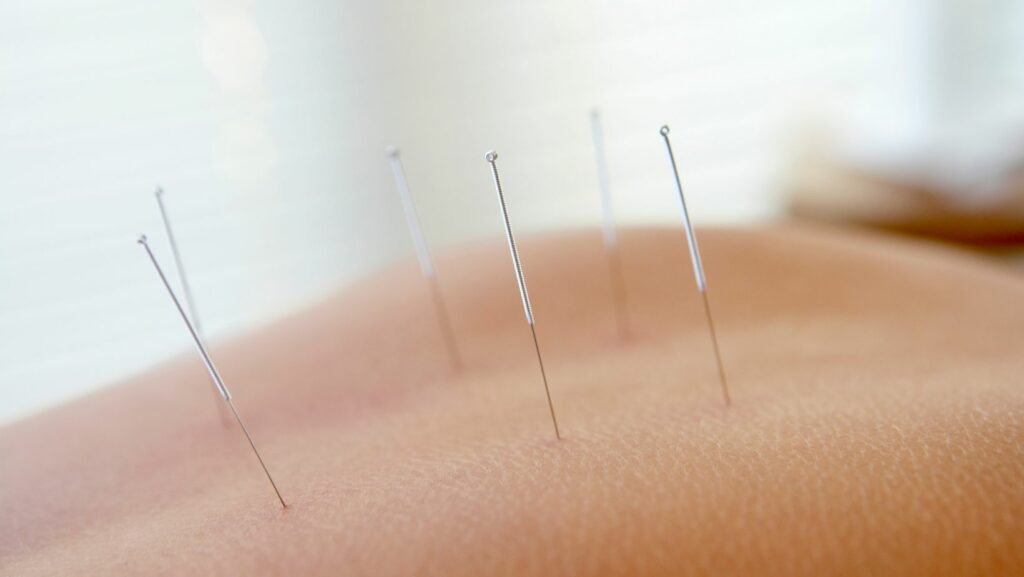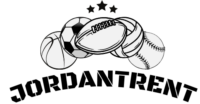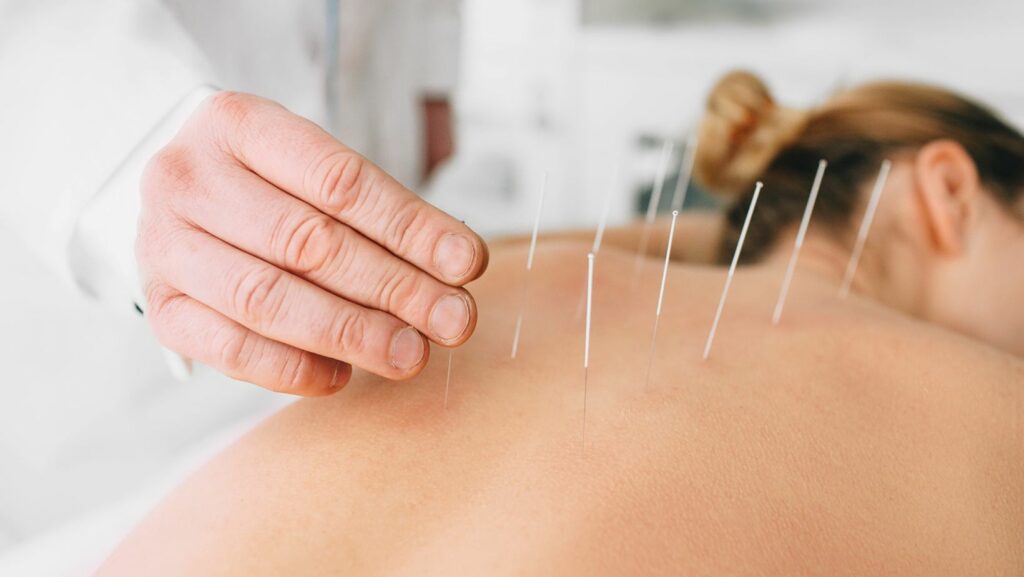Picture this: You’ve just crushed your morning workout, your muscles are singing that familiar post-exercise tune, and you’re already planning tomorrow’s training session. But what if there was a centuries-old practice that could amplify your recovery, enhance your flexibility, and potentially prevent your next injury? Enter acupuncture—the ancient therapy that’s becoming the secret weapon of modern athletes.
The Athletic Edge: Why Athletes Are Turning to Acupuncture
The modern fitness landscape has evolved beyond simple strength training and cardio. Today’s performance-focused athletes understand that recovery is just as crucial as the workout itself. Acupuncture has emerged from traditional medicine cabinets into high-performance training facilities, and for good reason.
Professional athletes across every major sport have incorporated acupuncture into their training regimens. This isn’t just a trend—it’s a strategic approach to maintaining peak performance. The therapy works by stimulating specific points along the body’s meridians, promoting blood flow, reducing inflammation, and triggering the release of endorphins. These natural painkillers don’t just mask discomfort; they actively promote healing and create that sense of well-being athletes recognize as similar to runner’s high.
What makes acupuncture particularly appealing to athletes is its non-invasive nature. Unlike medications that might have side effects or surgical interventions that require extensive downtime, acupuncture offers a natural path to enhanced recovery and performance optimization.
The Science Behind the Needles: Understanding Acupuncture’s Impact on Athletic Performance
When those ultra-fine needles penetrate the skin, they initiate a cascade of physiological responses that directly benefit athletic performance. The stimulation increases local blood circulation, delivering oxygen and nutrients to muscles while removing metabolic waste products that accumulate during intense training.
Research has shown that acupuncture can significantly reduce delayed onset muscle soreness (DOMS), that familiar ache that sets in 24-48 hours after a challenging workout. By improving circulation and reducing inflammation markers, regular acupuncture sessions help athletes maintain consistent training schedules without being sidelined by excessive soreness.
The neurological effects are equally impressive. Acupuncture influences the nervous system’s pain perception pathways, effectively raising your pain threshold. This doesn’t mean you’ll push through dangerous pain signals, but rather that your body becomes more efficient at distinguishing between productive training stress and harmful pain.
Strategic Integration: Timing Your Acupuncture Sessions
The relationship between acupuncture and exercise timing has become a crucial consideration for athletes seeking optimal results. Many wonder about exercising after acupuncture sessions, and the answer largely depends on your specific goals and current physical condition.
For athletes using acupuncture as preventive maintenance, the timing becomes highly flexible. Pre-workout sessions can prime muscles for activity, improving range of motion and reducing the risk of strain. Post-workout acupuncture, on the other hand, accelerates recovery by addressing muscle tension before it becomes problematic.
The key lies in understanding your body’s response patterns. Some athletes report feeling energized immediately after treatment, making it an ideal pre-training boost. Others experience deep relaxation that’s better suited for recovery days. This individualized response makes it essential to work with an acupuncturist who understands athletic performance and can tailor treatments to your training cycle.
Targeting Common Athletic Challenges

Every sport presents unique physical demands, and acupuncture’s versatility allows for targeted treatment approaches. Runners often struggle with IT band syndrome and plantar fasciitis, both of which respond well to strategic needle placement. Weightlifters dealing with shoulder impingement or lower back strain find relief through treatments that address both the symptomatic area and related muscle groups that might be compensating.
The treatment extends beyond injury management. Acupuncture addresses the musculoskeletal imbalances that develop from repetitive movement patterns. A cyclist’s forward-leaning position, a tennis player’s dominant arm development, or a swimmer’s shoulder rotation—these sport-specific adaptations can create imbalances that eventually lead to injury. Regular acupuncture sessions help identify and correct these issues before they become problematic.
For athletes managing chronic conditions while maintaining their training, acupuncture offers a particularly valuable tool. The therapy can help manage conditions like arthritis or old injuries that might otherwise limit training capacity, allowing athletes to maintain their fitness levels while addressing underlying issues.
Maximizing Your Investment: Combining Acupuncture with Modern Training Methods
The most successful athletes don’t view acupuncture as a standalone solution but rather as part of an integrated performance strategy. When combined with proper nutrition, strength training, mobility work, and adequate rest, acupuncture becomes a force multiplier for athletic development.
Consider incorporating acupuncture into your periodization schedule. During high-volume training phases, weekly sessions might focus on recovery and maintaining muscle balance. As competition approaches, treatments might shift toward fine-tuning performance and ensuring all systems are functioning optimally. During off-seasons, acupuncture can address lingering issues that accumulated during intensive training periods.
The mental aspects shouldn’t be overlooked either. Many athletes report that acupuncture sessions provide a meditative quality that helps manage pre-competition anxiety and improve focus. This psychological benefit complements the physical advantages, creating a holistic approach to performance enhancement.
Your Performance Journey: Next Steps
Incorporating acupuncture into your athletic routine doesn’t require a complete overhaul of your training program. Start by identifying your primary performance limiters—whether that’s recovery time, flexibility, recurring injuries, or general muscle tension. A qualified sports acupuncturist can assess your movement patterns, training schedule, and goals to develop a treatment plan that complements your existing routine.
The path to peak performance isn’t just about training harder; it’s about training smarter and recovering better. Acupuncture offers athletes a time-tested method for achieving both, backed by modern research and embraced by elite performers worldwide. As you continue pushing your physical boundaries, consider adding this ancient practice to your modern training arsenal—your future PR might just depend on it.



